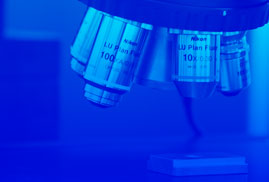This study analyses the possibility of reproducing aspects related to surface integrity in industrial machining using simulation techniques using the finite element method, as well as experimental laboratory tests.
The 3D model was produced after sufficient knowledge regarding the use and behaviour of the different simulation methodologies was gained. In the case of models based on an Arbitrary Lagrangian Eulerian (ALE) formulation, before approaching the development of tool tip machining models, a study was carried out on the performance of these models using an oblique cutting model, which analysed their capacity to reproduce complex material flows in 3D.
As for the experimental work of this work, it is based on the analysis of industrial machining and tries to identify the characteristics to be reproduced in the laboratory. Then, the design of the reproduction test is carried out, including the different existing limitations (equipment, materials, etc.), which tries to reproduce as faithfully as possible the real machining operations.
Finally, a comparison is made of the results obtained from the different simulation techniques compared to experimental results, in an attempt to identify the most suitable for the simulation of the surface integrity generated in machined parts.


